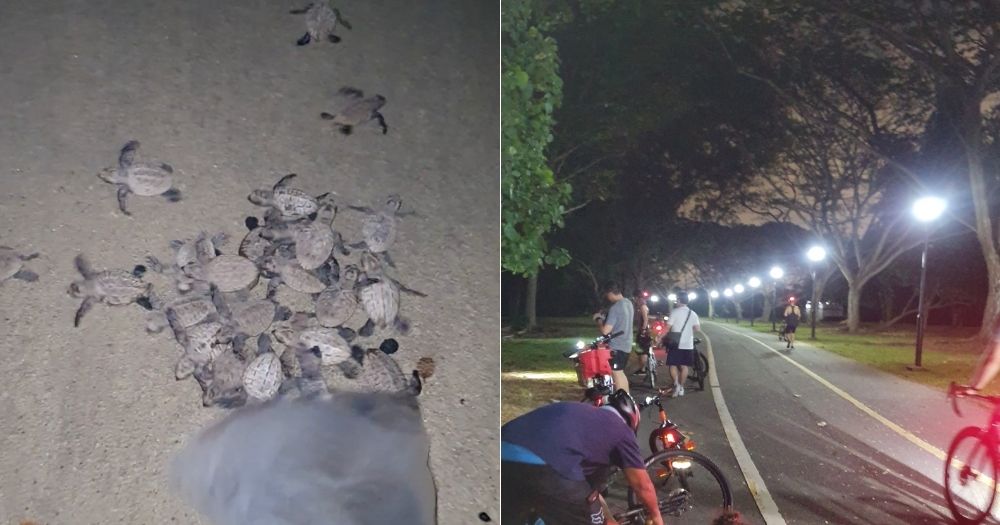Follow us on Telegram for the latest updates: https://t.me/mothershipsg
Park goers and cyclists at Changi were treated to a surprising sight on the night of Dec. 16.
Numerous turtle hatchlings were crossing through the park but in the wrong direction.
Instead of making their way to the sea, they were crawling inland.
This prompted a haphazard baby turtle rescue operation by members of the public.
About 100 turtles hatched at Changi
Around 15 passers-by and cyclists stopped in their tracks to rescue the baby turtles off the busy park connector, according to a Mothership reader.
The reader said he was in the midst of cycling from Changi Airport to East Coast Park with his family when he arrived at the scene at around 9:20pm.
Two women were alerting passing cyclists of the little creatures on the park connector while picking the baby turtles up from the path and out of harm's way.
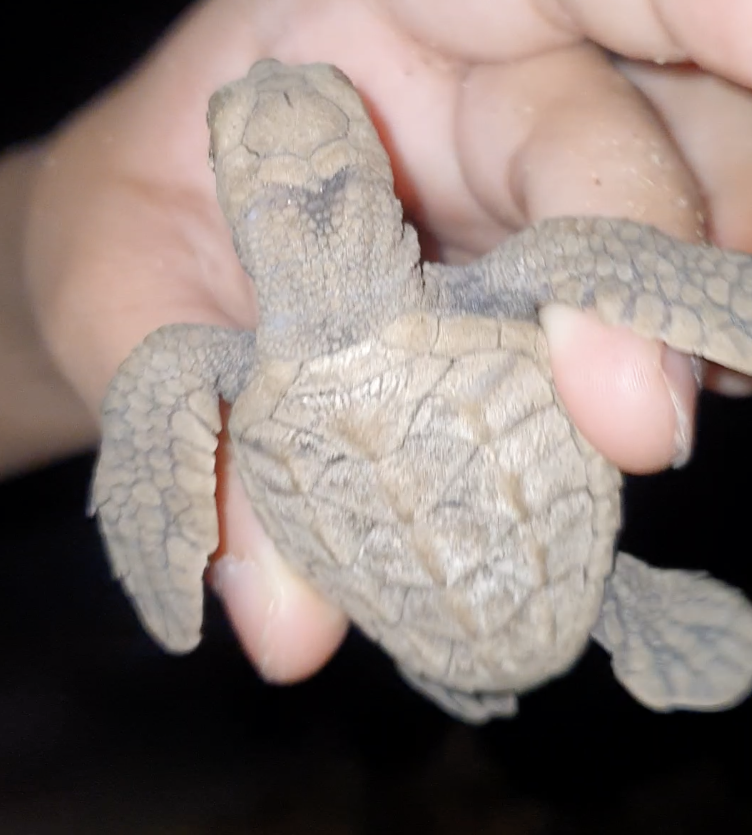 Image courtesy of Mothership reader.
Image courtesy of Mothership reader.
After knowing that the hatchlings were stranded, the reader and his family joined the rescue efforts by either asking cyclists to slow down or picking the little turtles up.
The hatchlings were temporarily placed in a plastic bag that he had on hand.
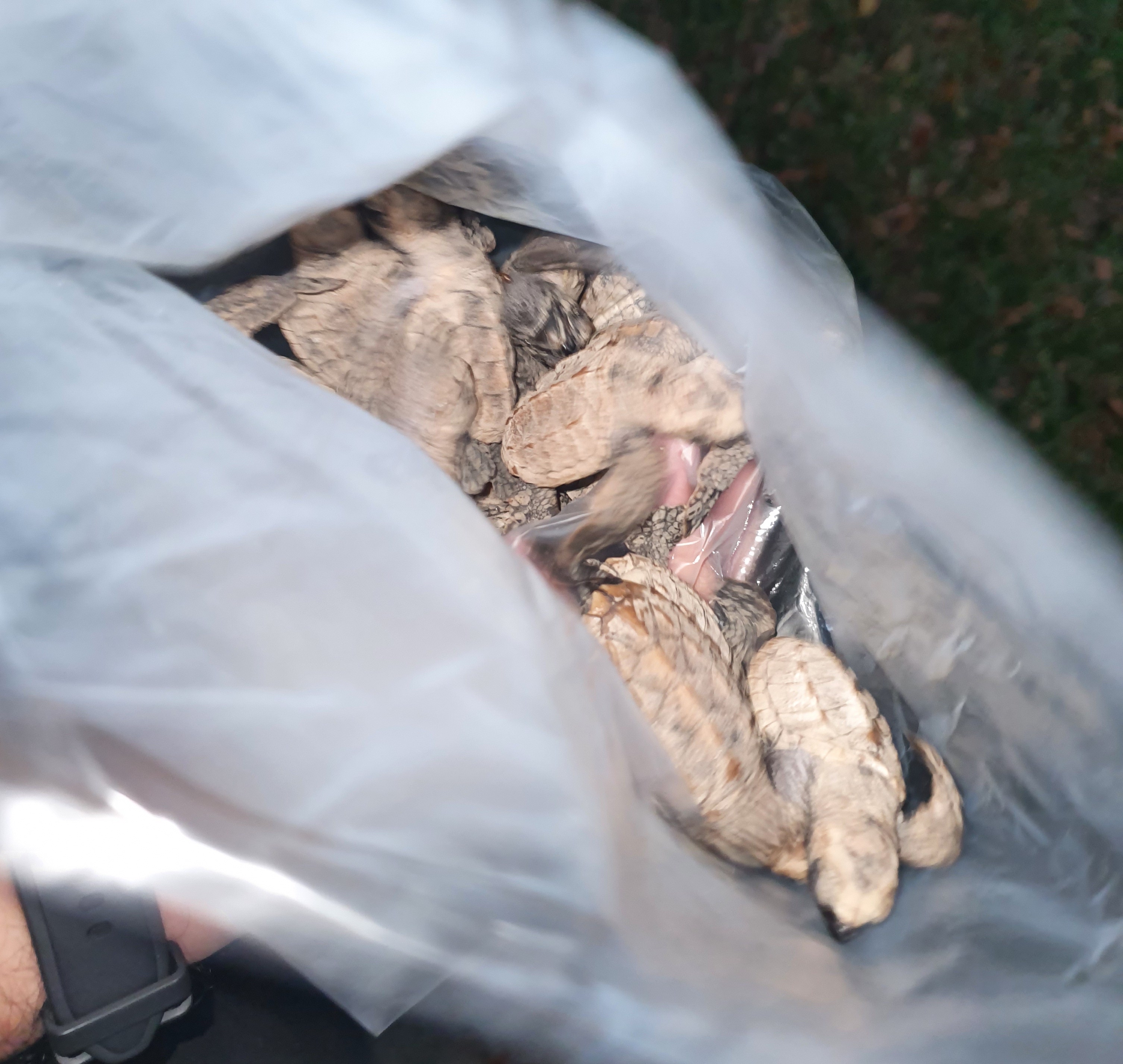 Image courtesy of Mothership reader.
Image courtesy of Mothership reader.
As more park goers and cyclists became aware of the situation, what began as a four-person turtle rescue team soon expanded into a rescue team of 15.
The reader added that the police also came to place blinker lights along the path and join the rescue effort after being alerted to the situation.
The Mothership reader estimated that around 100 baby turtles hatched that night.
While they managed to save most of the turtles, about six to eight babies were unfortunately crushed by passing cyclists who were unaware of their presence. Another four died and were covered with ants.
Photos of the incident were subsequently shared on the Singapore Wildlife Sightings and Nature Society (Singapore) Facebook groups.
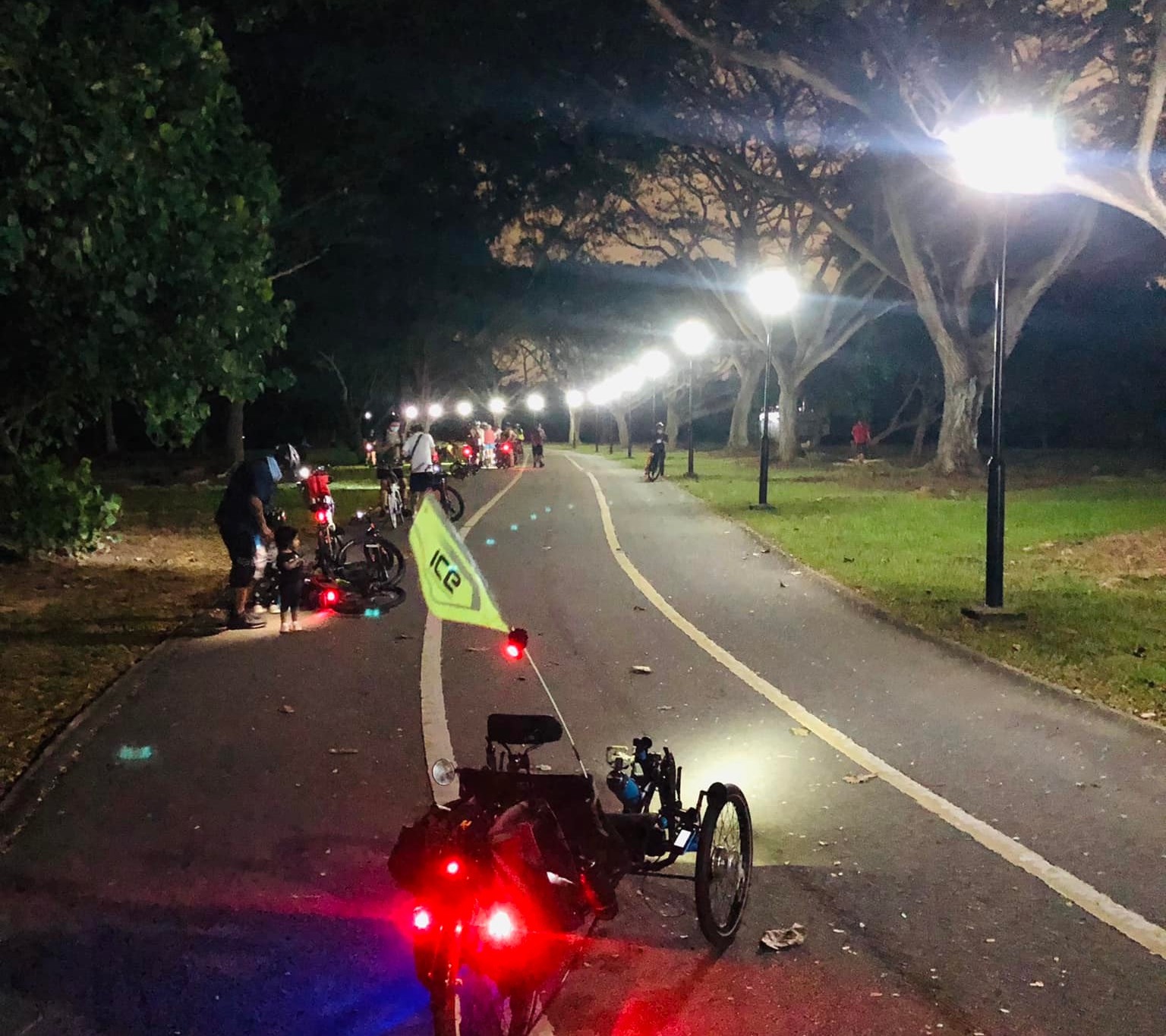 Image by Brendan Goh from Nature Society (Singapore)/Facebook.
Image by Brendan Goh from Nature Society (Singapore)/Facebook.
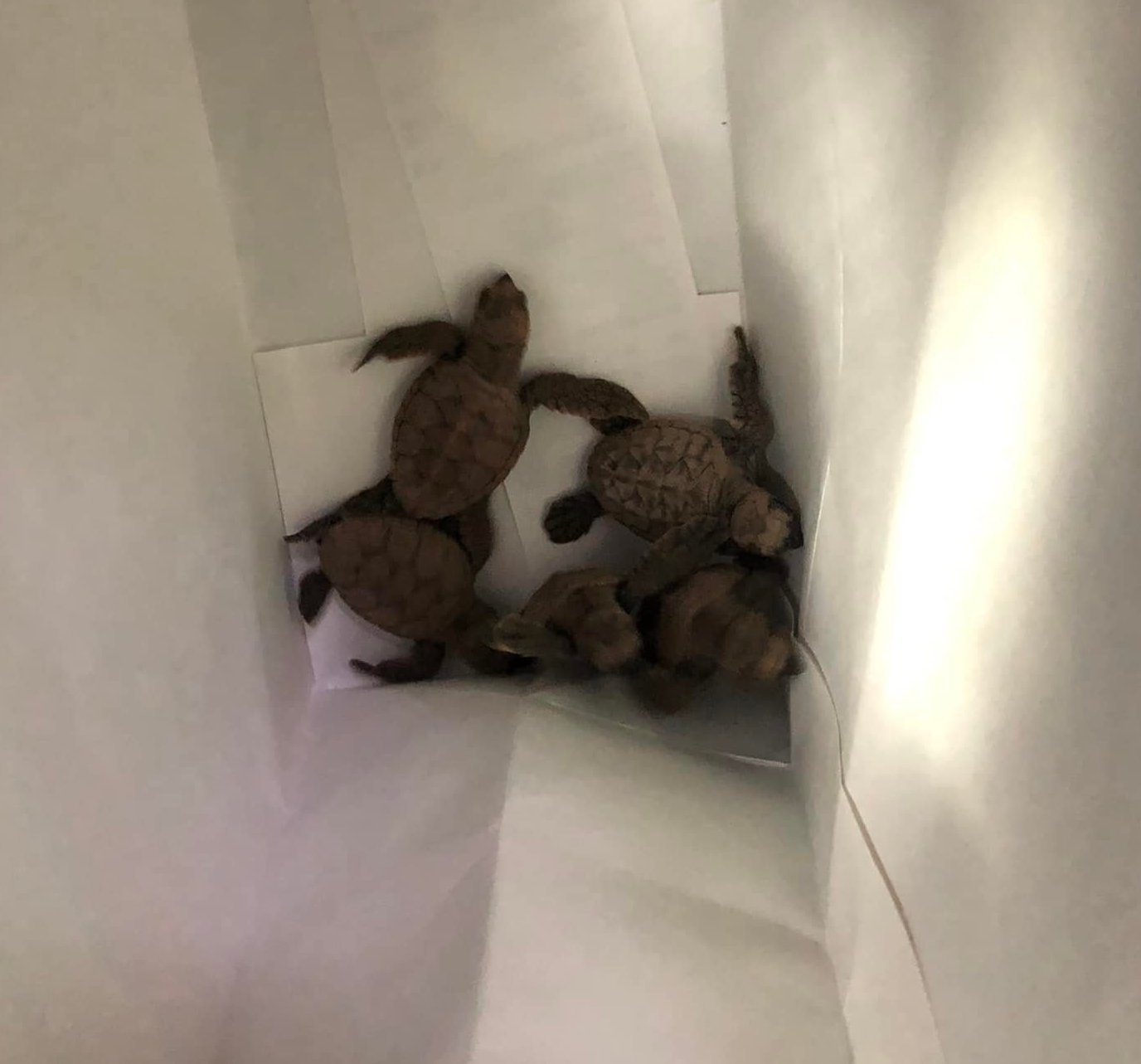 Image by Brendan Goh from Nature Society (Singapore)/Facebook.
Image by Brendan Goh from Nature Society (Singapore)/Facebook.
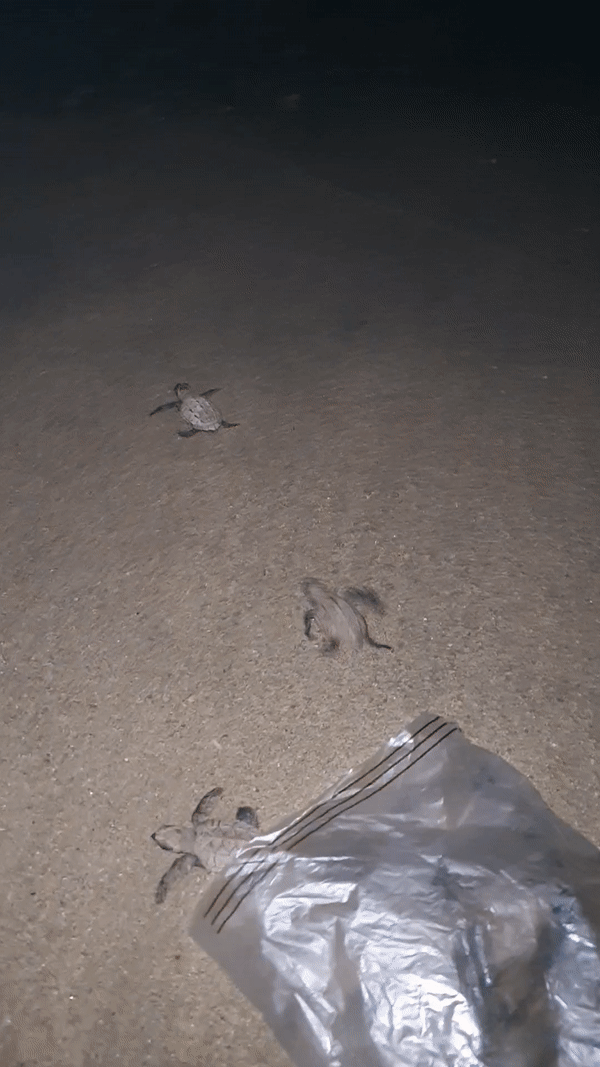 Video courtesy of Mothership reader.
Video courtesy of Mothership reader.
Mothership understands from the reader that both the National Parks Board (NParks) and Animal Concerns Research and Education Society (Acres) were alerted to the case.
Why are the baby turtles moving towards inland instead of the sea?
Turtles typically hatch after 60 days of incubation.
Baby turtles will instinctively head towards the sea guided by the moonlight.
However, the artificial lights in cities like Singapore have become a threat to these hatchlings as they can mistake artificial lights as the moonlight.
This is likely what happened to the batch of hatchlings on Dec. 16, as they got distracted by the street light and wandered onto the park connector.
Hatchlings that crawl inland can die of dehydration or predators, according to Sea Turtle Conservancy.
What to do if you find yourself in a similar situation?
According to NParks' advisory, those who encounter a nesting turtle and its eggs should call the NParks helpline at 1800-471-7300.
For nesting turtles in particular, NParks said the public should keep a distance from the turtle and its eggs.
Touching the turtle may scare or provoke it, while handling the eggs may cause damage, or introduce bacteria into the nest.
Additionally, the public should note that light and noise may scare the turtle, causing it to leave without laying any eggs.
NParks said the public should also keep clear of the tracks left by the turtle, as this helps researchers identify the species of the turtle and locate its nest.
Those who spot a turtle can also help document turtle sightings in Singapore by filling in the survey form here.
For releasing of hatchlings, it is important to do so from at least three metres away from the water edge for them to crawl into the sea on their own.
In doing so, the hatchlings can then imprint the location and are likely to return to the same place when they become adults.
Types of turtles in Singapore
Singapore is home to two turtle species: The Green turtle and the Hawksbill turtle, both of which are endangered.
Studies have found that turtles rely on Earth's magnetic field to navigate and return to their birth sites, like having an internal compass.
This is why the Green turtle and Hawksbill turtle have returned to Singapore's shores to nest and lay their eggs, despite the long and treacherous commute.
Green turtles can be found all over the world, in tropical and subtropical waters, whereas Hawksbill turtles favour warmer temperatures and can be found in the tropical waters of the Atlantic, Pacific and Indian Oceans.
Earlier this year, a pair of Hawksbill turtles were seen getting it on near Sisters' Island Marine Park at around 6:45pm on May 26.
It was the first record of Hawksbill turtles mating in Singapore.
Beach patrols
Beach patrols are conducted by trained volunteers during turtle nesting season.
Volunteers and NParks staff help to collect valuable information and report sightings of sea turtles along Changi Beach Park and East Coast Park between July and September.
They also help to look out for another endangered species — the horseshoe crabs.
As of December 2020, around 340 volunteers have participated in 255 sessions of such beach patrols.
Other sightings of turtles in Singapore
Top image courtesy of Mothership reader
If you like what you read, follow us on Facebook, Instagram, Twitter and Telegram to get the latest updates.
